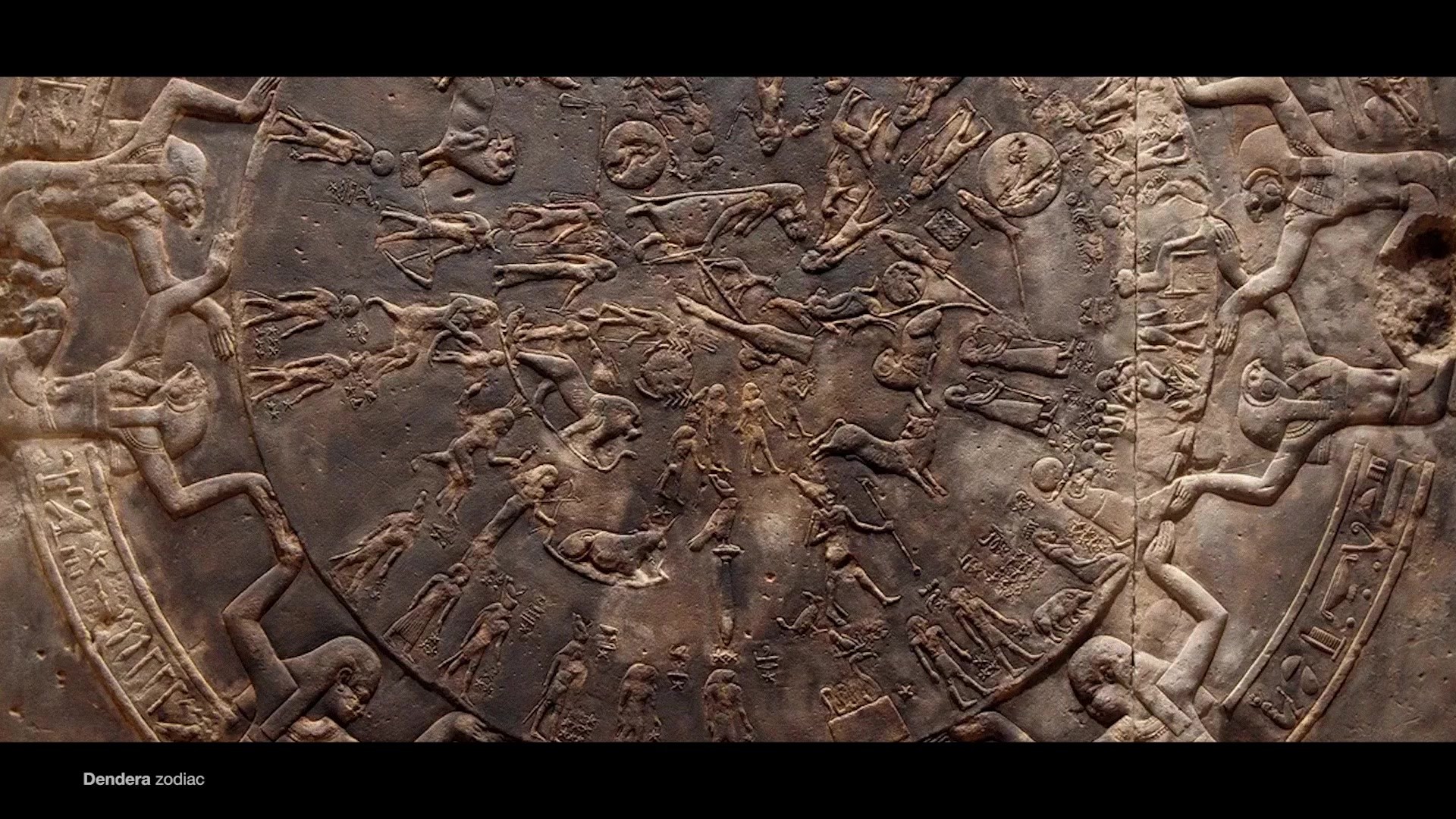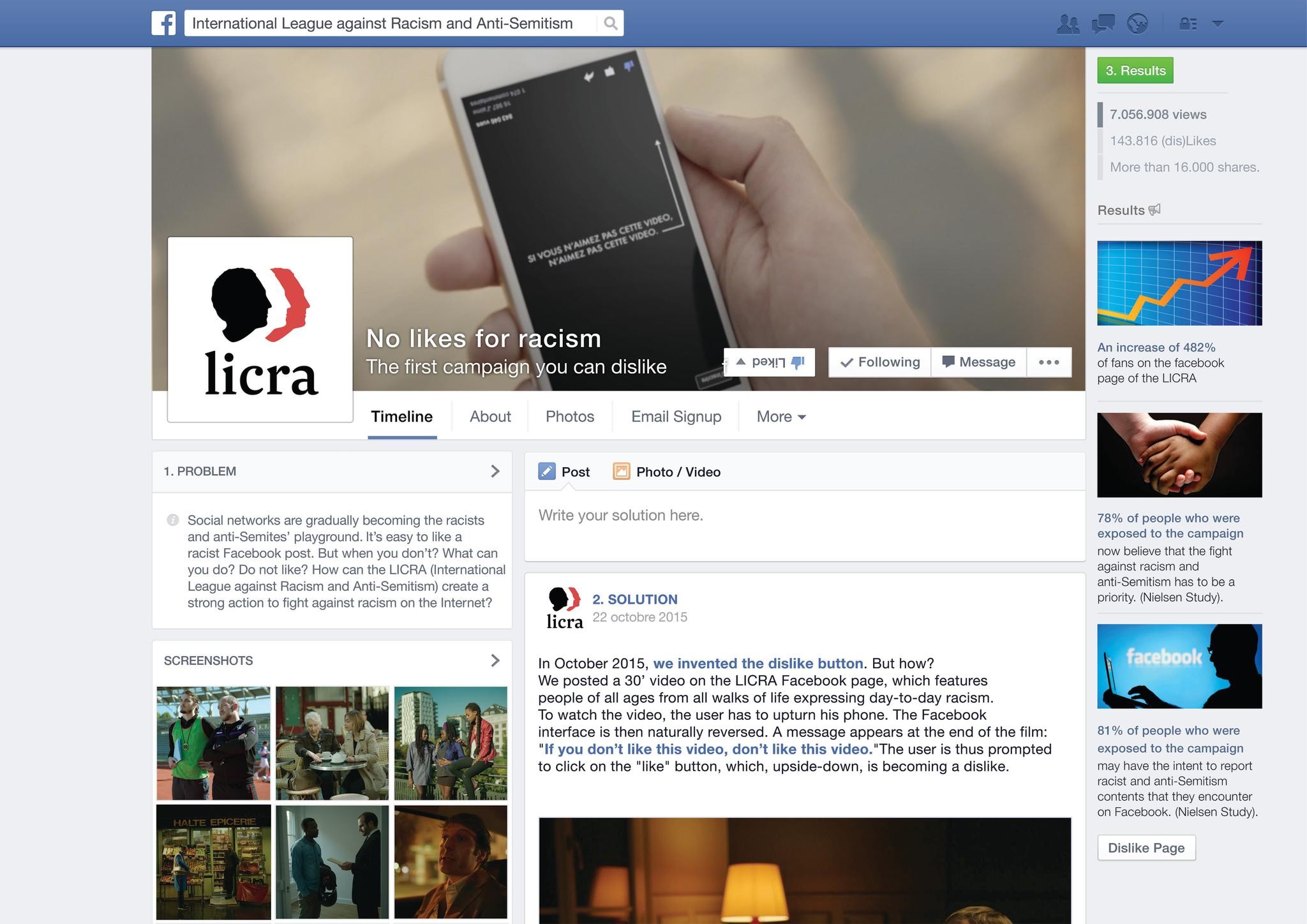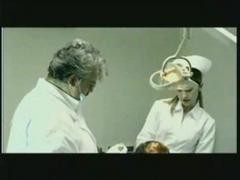Cannes Lions
NASA's Galaxy of Horrors
NASA JET PROPULSION LABORATORY, Pasadena / NASA / 2021
Overview
Entries
Credits
OVERVIEW
Background
Surveys show that most Americans support our organization’s astrophysics research, but don’t fully understand the complex subject matter. We recognize that astrophysics can be overwhelming on a cosmic scale, so our objective as science communicators is to make it more accessible.
With a budget of $30,000, our core team of one project manager, two art directors, five astrophysicists, and three globally dispersed artists created wildly popular art that made the universe scarier, yet more approachable, than ever.
Idea
As a federally funded organization, we must create content for as wide an audience as possible. Our creative idea turned complicated science into universally digestible art that highlights menacing topics in the astrophysical realm – dangerous gamma rays, frightening dead galaxies, and mysterious dark matter. The result was three b-movie horror inspired posters that are available for free download as a "Galaxy of Horrors" series.
Realizing that Spanish is the second most common language in the United States and is spoken by many underrepresented communities in our field, the posters were released during the week of Halloween in both English and Spanish. Our promotions started with a press release and a bilingual social media campaign on our flagship, thematic, and Spanish language accounts managed by our communications teams across the United States. The campaign also targeted classrooms, ensuring the posters could serve as a gateway for students to explore STEM.
Execution
We initially met with astrophysicist colleagues to discuss frightening phenomena that could be illustrated in this “Galaxy of Horrors” series. Once we chose our subject matter, we briefed artists who were selected for their diverse backgrounds, styles, and communities.
The artists combined hand-drawn illustrations with digital design and typography to achieve a b-movie horror style. We wrote titles that presented science as the “monster,” while visually disguising in-depth educational content as movie credits.
The most dynamic element of this project was the collaboration between the astrophysicists and the artists. The parties were in constant connection to reach a balance of fact and fiction that playfully conveyed the science, while maintaining our reputable role in the astrophysics community.
Outcome
We set a precedent for how our organization communicates astrophysics to the general public through art and design.
The “Galaxy of Horrors” posters were featured and praised by global media outlets, such as BBC Mundo, CNN, Nerdist, Design Taxi, Syfy, Space.com, and more.
The posters received high engagement on our organization’s social media accounts that have over 139 million followers across Instagram, Twitter, Facebook, Snapchat, and Tumblr. Our website experienced a sustained increase in visits (3.5 million since campaign launch, nearly double from the previous year’s same period), with a majority of visits referred by social media, entertainment sites, and educational platforms. Our government funded posters achieved worldwide reach.
We anticipate the long-term impact of the “Galaxy of Horrors” series by planning additional posters each Halloween and expanding the concept into a video format.
Similar Campaigns
11 items







